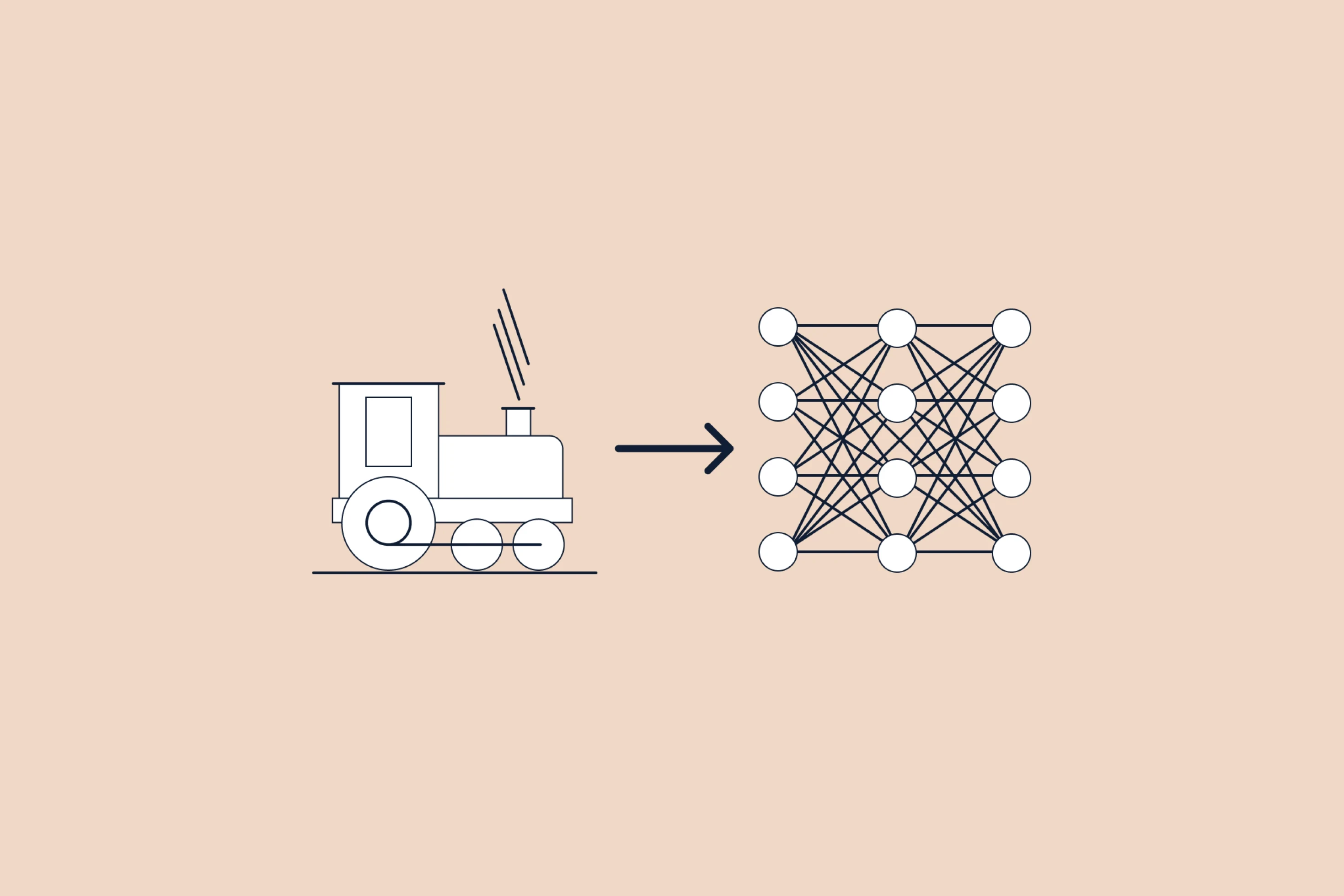How to Find Automation Opportunities
"What should I automate?"—This is a question we often encounter, and it's not an easy one to answer. Automation can be a potent tool for efficiency, yet the plethora of processes within a company can make the decision overwhelming. Simply jumping in and automating random tasks can backfire, leading to loss of time and resources. That's why having a systematic approach to evaluating automation opportunities is essential.
If you’ve been assigned the task to prioritize automation initiatives, here’s a simple approach to get started.

Step 1: Break Down Each Process Into Steps
Before you can evaluate what to automate, you need to have a clear understanding of the existing processes. Outline each process in your organization by breaking it down into individual steps. Create a flowchart or use tools like process mapping software to get an aerial view of the operations.
What to do
Identify the processes you want to evaluate.
List all steps involved in the process.
Identify who is responsible for each step.
List the tools or systems that are required to complete the process.
Document any dependencies between steps.
Step 2: Calculate How Much Each Process Costs
After outlining all processes, the next step is to evaluate how much each costs. For this example we’ll take time as the unit, but you can alternatively calculate a financial estimation. Collect data on the time it takes to complete each step and sum it up to get the total time spent on that process once. Then multiply that number by the number of times this process occurs monthly. Express your result in the same units so you can compare processes with one another.
What to Do
Enter the time to complete the process once
Enter the frequency and period (e.g. 10 times a week)
Normalize the outcome (e.g express the result in hours per month)
Step 3: Evaluate How Much Could be Automated
Now that you have the process details and time metrics, evaluate the automation potential. Go through the steps and identify tasks that are repetitive and predictable. These are prime candidates for automation.

What to do
Estimate the percentage of the process time that would be reduced to zero once these tasks are automated
Multiply that percentage with the outcome of step 2 to derive total time savings.
Step 4: Calculate ROI
Finally, determine the expected ROI of building the automation. You'll need to weigh the time saved against the time and resources needed to implement the automation.

What to do
Assign a level of effort to each automation project
Translate each level of effort into hours (or financial costs)
Calculate the ROI against time savings you got in the previous step
And that’s it! You should now have a clear comparison of every automation opportunity, ranked by ROI.

Tweak this process to match your reality
With this step-by-step guide, you can systematically evaluate each process in your organization and make informed decisions. In some cases, it might make sense for you to adapt it to the context of what you are trying to achieve and make some changes to it. That’s fine!
Just keep in mind that for it to continue to work - the same unit of comparison should apply to all processes and be used in the ROI calculation. Other than that, you’re good to go!
Happy automating!
This PE firm broke its own rule to deploy AI across 15 portfolio companies
How one PE firm deployed AI across 15 companies, transforming how teams work—during their busiest season.
How we look at AI Transformation
Explore the three phases of AI transformation and assess your organization's maturity level to effectively integrate AI into your operations.




